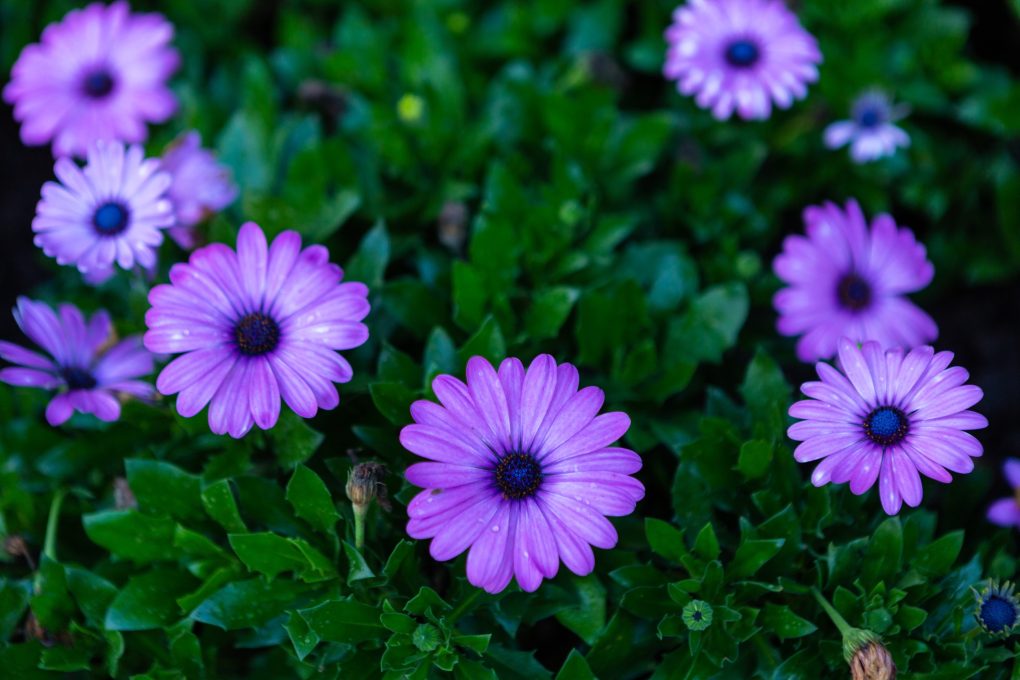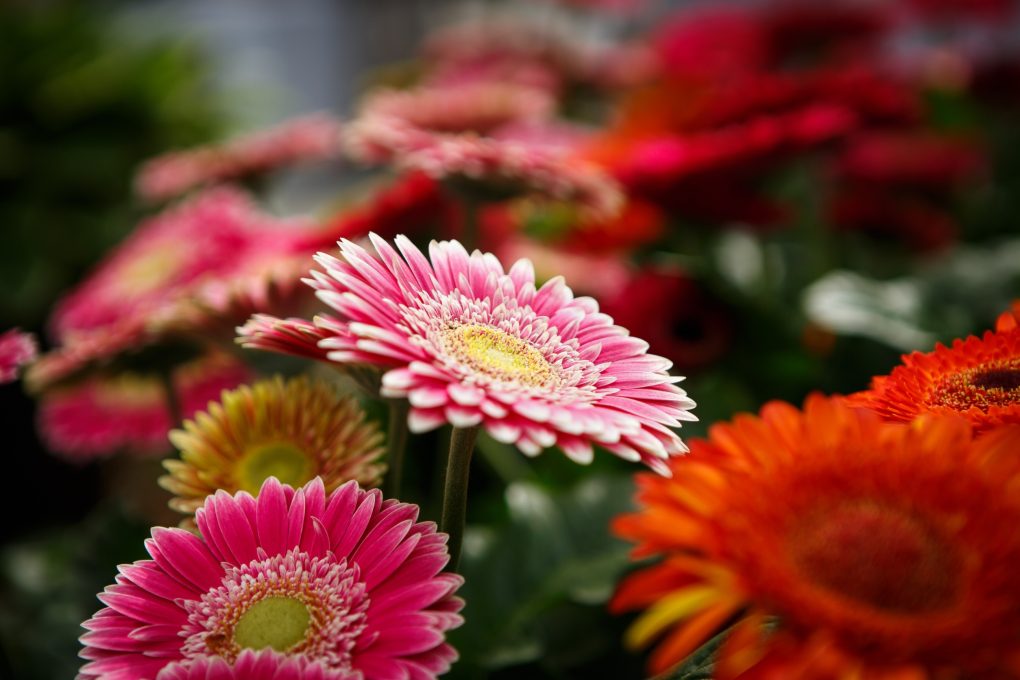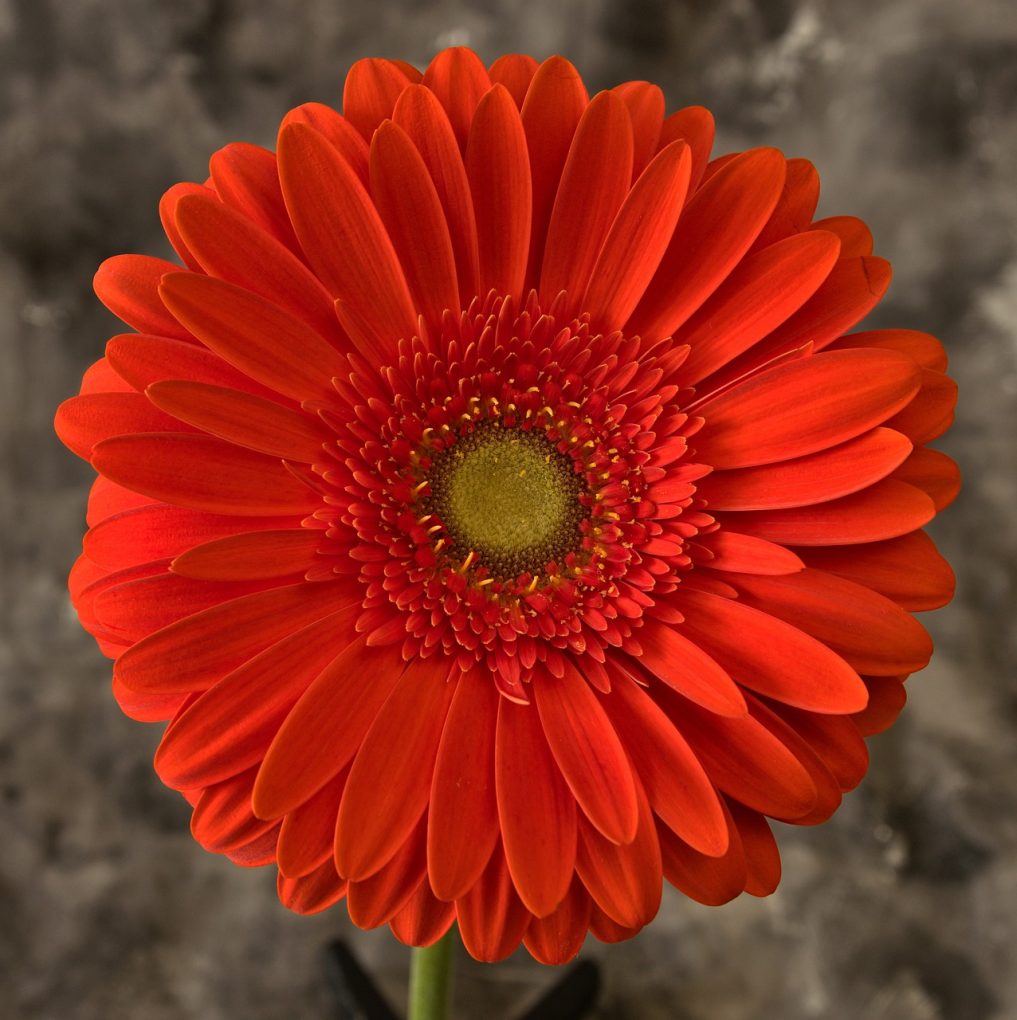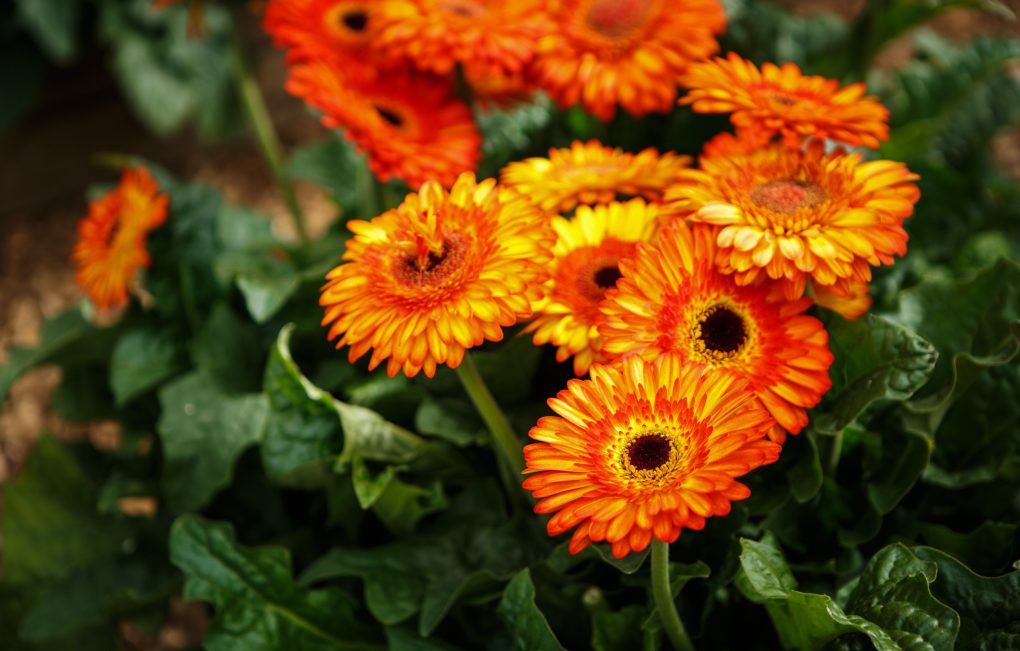Do Gerbera Daisies Bloom All Summer? Find Out Here
Gerbera Daisies bloom throughout the summer, showcasing their vibrant, colorful flowers. These popular perennial plants can last from spring to late summer or early fall, delighting gardeners with their extended blooming period.

To ensure continuous blooming, proper care is crucial. Gerbera Daisies thrive with at least 6 hours of direct sunlight daily, well-draining soil, and regular watering to maintain optimal moisture levels. Additionally, removing spent flowers through deadheading promotes the growth of new blossoms, extending the blooming period throughout the entire summer.
Table of Contents
Factors Affecting Gerbera Daisy Bloom
Gerbera daisies captivate gardeners with their large, colorful blooms. Understanding the factors influencing their growth and blooming patterns is essential for ensuring a summer filled with these beautiful flowers.

Temperature and Light
Thriving in moderate climates, gerbera daisies prefer temperatures ranging from 60°F to 75°F and are intolerant of extreme heat or cold. Providing partial shade during the hottest parts of the day is recommended in warmer regions, while cooler climates allow for full sun exposure.
Adequate light is crucial for gerbera daisy bloom. They require a minimum of 6 hours of daily sunlight to produce abundant flowers. Insufficient light can result in fewer blooms or a complete halt in blooming.
Watering and Fertilization
Proper watering and fertilization play a significant role in the gerbera daisy bloom. Consistently moist soil is essential, but waterlogged conditions should be avoided as they can lead to root rot and plant death. Deep watering at infrequent intervals, allowing the soil to slightly dry between waterings, is the best approach.
Regular fertilization is important to promote healthy growth and blooming in gerbera daisies. Ensure that you use a balanced fertilizer with the same amounts of nitrogen, phosphorus, and potassium as recommended by the manufacturer.
By considering these factors, gardeners can ensure a summer filled with blooming gerbera daisies. With proper care, these stunning flowers can provide a vibrant display for months.
Gerbera Daisy Bloom Time

Renowned for their cheerful and vibrant blooms, gerbera daisies are popular for gardens and floral arrangements. Many wonder if gerbera daisies bloom all summer. Let’s explore the bloom time of these beautiful flowers.
Bloom Time for Different Varieties
Gerbera daisies come in various colors, and although bloom times may slightly differ among varieties, they generally bloom from late spring through fall. The first flowers usually appear within 14 to 18 weeks of planting, and the plants continue to produce blooms throughout the summer.
It’s worth noting that certain gerbera daisy varieties are specifically bred for extended bloom times. However, these varieties can produce flowers well into the fall, even as temperatures drop.
Bloom Time in Different Regions
The bloom time of gerbera daisies can vary depending on climate and growing conditions. In warmer regions like USDA zones 9 and 10, gerbera daisies may bloom year-round. In cooler regions such as zones 7 and 8, the plants may die back in winter but can resprout from underground stems in spring.
Gerbera daisies are also sensitive to temperature and light. The plants may go dormant and cease blooming in hot and sunny conditions. Providing the right growing conditions is crucial to ensure summer blooming, which may involve shade during the hottest part of the day, regular watering, and fertilization.
While gerbera daisies may not bloom all summer in every region and under all conditions, their long bloom time makes them an excellent addition to any garden or floral arrangement.
How to Make Gerbera Daisies Bloom All Summer

Renowned for their vibrant colors and long-lasting blooms, gerbera daisies can bloom all summer with proper care and maintenance. Here are some tips to help you achieve that:
Deadheading and Pruning
Regularly deadhead gerbera daisies by removing spent blooms. This practice redirects the plant’s energy toward producing more blooms than seeds. Throughout the summer months, consistent deadheading will keep the plant blooming abundantly.
Pruning is also crucial for maintaining summer-long blooming in gerbera daisies. Trim away dead or damaged foliage, which can attract pests and diseases. Pruning shapes the plant and stimulates new growth. Perform pruning in the early morning or late afternoon to avoid stressing the plant during the day’s heat.
Pest and Disease Control
Gerbera daisies are vulnerable to various pests and diseases hindering their blooming potential. Common pests include aphids, spider mites, and whiteflies, which can be controlled using insecticidal soap or neem oil.
Diseases such as powdery mildew and root rot can also affect gerbera daisies. Providing adequate air circulation and avoiding overwatering can prevent these diseases. In case they do occur, fungicides can be used for treatment.
Regularly inspect your plants for pests and diseases, taking appropriate action to maintain their health and ensure continuous blooming throughout the summer.
Conclusion
Gerbera daisies are a favorite among gardeners and flower enthusiasts, thanks to their vivid colors and impressive blooms. Although they may not bloom all summer, with proper care and maintenance, these flowers can grace your garden for several months.
Typically, gerbera daisies bloom from late spring through fall, with peak blooming occurring during the summer. However, the duration and frequency of blooming can vary based on temperature, sunlight, soil quality, and water factors.
